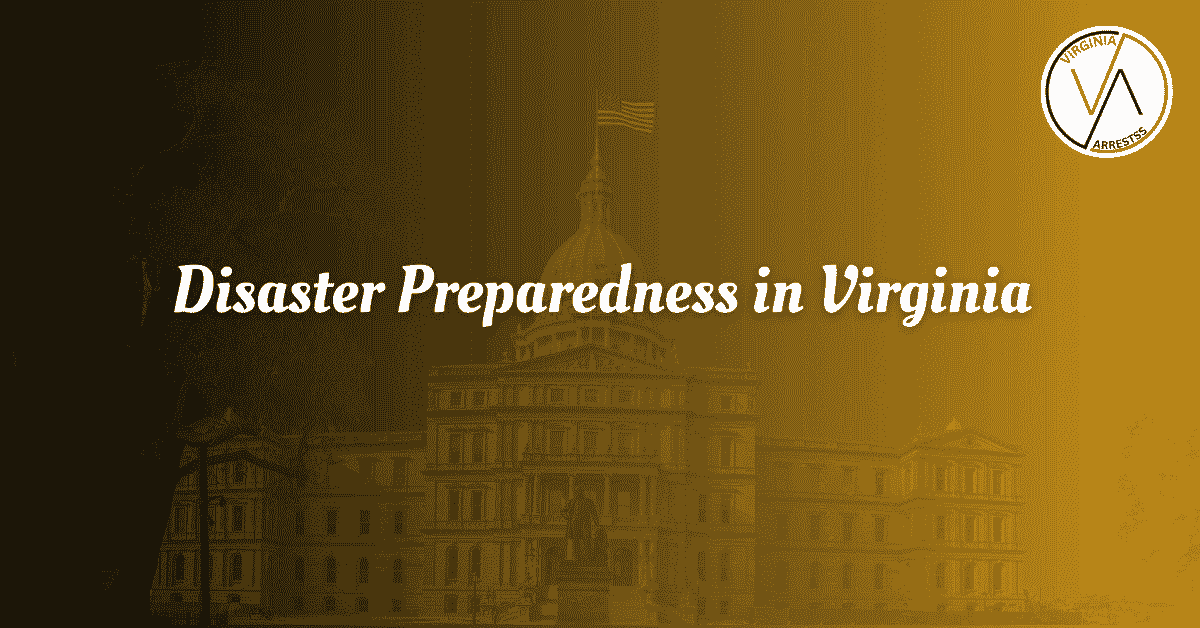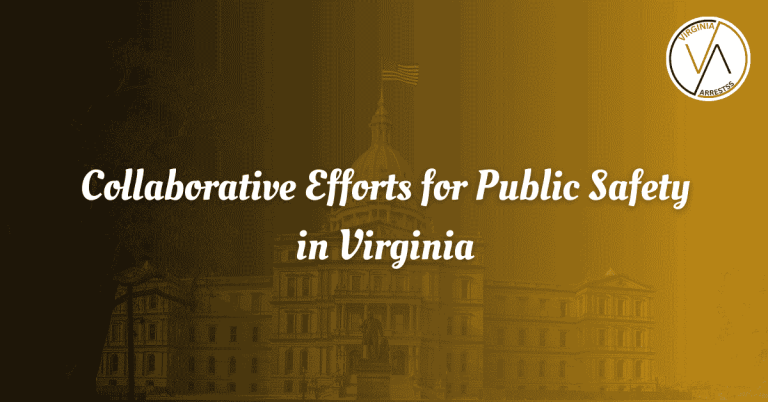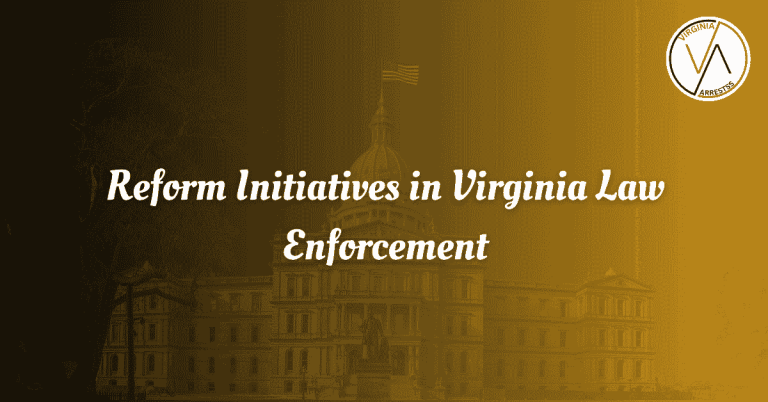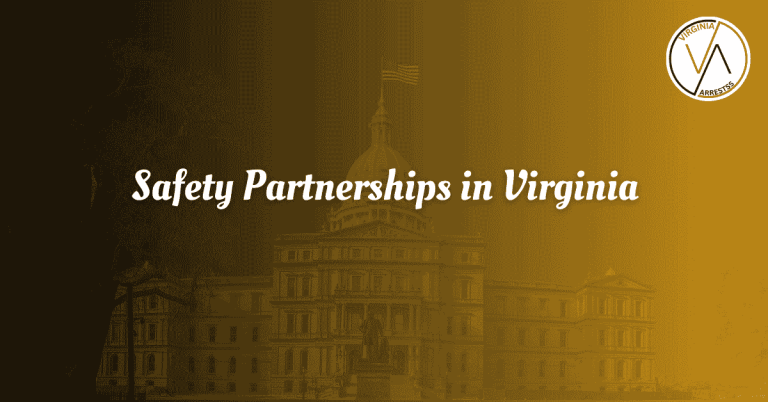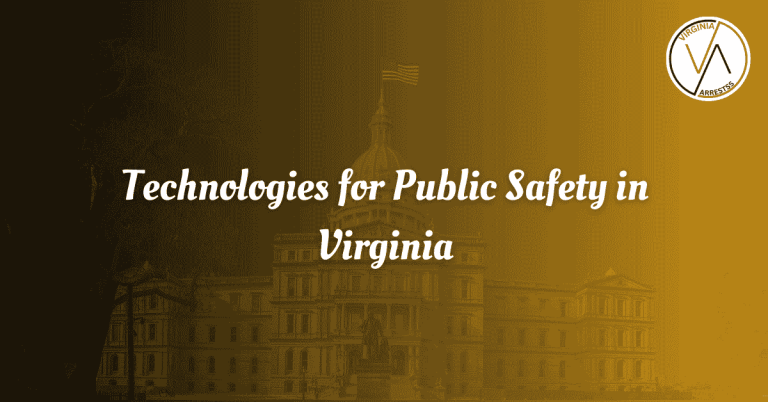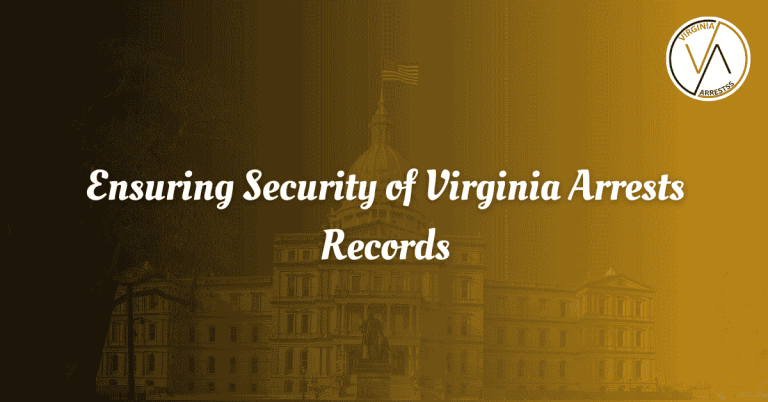Disaster Preparedness in Virginia
Disaster Preparedness in Virginia is crucial for ensuring the safety and well-being of residents in the state. With the unpredictable nature of natural disasters such as hurricanes, flooding, and wildfires, being prepared is essential. Communities must have plans in place to mitigate risks, respond effectively, and recover swiftly in the face of adversity.
From creating emergency kits to developing evacuation routes, disaster preparedness involves a range of proactive measures. Educating the public on how to stay safe during emergencies and working together with local authorities can make a significant difference in reducing the impact of disasters. By prioritizing preparedness, Virginia can strengthen its resilience and protect its population from potential threats.
Disaster Preparedness is Crucial in Virginia
Virginia, a state known for its diverse landscapes and varying weather patterns, faces a range of natural disasters that make disaster preparedness crucial for its residents. From hurricanes along the coast to tornadoes in the central region and winter storms in the mountains, being prepared can make a significant difference in minimizing the impact of these events.
Risks of Natural Disasters
Virginia is susceptible to a wide range of natural disasters, including hurricanes, flooding, tornadoes, and winter storms. By understanding the specific risks that each of these disasters poses to different regions of the state, residents can better prepare and protect themselves, their families, and their communities.
Creating Emergency Kits for Disaster Readiness
One of the most important steps in disaster preparedness is creating an emergency kit. This kit should include essential items such as water, non-perishable food, first aid supplies, flashlights, batteries, and important documents. Having these items readily available can make a significant difference in the event of a disaster.
Developing Evacuation Routes for Safety
Knowing and planning evacuation routes is crucial in ensuring the safety of residents during a disaster. Whether it’s a hurricane, flood, or wildfire, having a well-thought-out evacuation plan can save lives. Residents should familiarize themselves with local evacuation routes and have a plan in place for how to evacuate quickly and safely.
Government Agencies and Organizations’ Role in Preparedness
Government agencies and organizations play a vital role in disaster preparedness in Virginia. From providing early warnings and evacuation orders to coordinating relief efforts and resources, these entities are essential in helping communities prepare for and respond to disasters effectively.
Resources for Disaster Readiness in Virginia
Virginia offers a variety of resources to help residents prepare for disasters. These include online tools and guides, emergency preparedness workshops, community emergency response teams, and access to local emergency management agencies. By utilizing these resources, residents can better prepare themselves and their families for potential disasters.
Benefits of Staying Informed and Participating in Initiatives
Staying informed about potential threats and participating in disaster preparedness initiatives can help residents be more proactive in their preparedness efforts. By staying up-to-date on weather alerts, evacuation orders, and community initiatives, residents can better protect themselves and their loved ones when disaster strikes.
Building a Resilient Community through Preparedness
Ultimately, disaster preparedness is not just about individual readiness but also about building resilient communities. By working together, sharing resources, and supporting one another in times of need, communities in Virginia can better withstand and recover from disasters, fostering a sense of unity and strength.
Frequently Asked Questions
Welcome to our comprehensive FAQ section where we aim to provide detailed information on Disaster Preparedness in Virginia. Below, you will find answers to commonly searched queries on Google to help you better prepare for any potential disasters in your area.
What is Disaster Preparedness?
Disaster preparedness refers to the steps and strategies put in place to effectively respond and recover from a wide range of natural or man-made disasters, including hurricanes, floods, wildfires, and more. It involves planning, training, and resources to minimize the impact of such events on individuals and communities.
Why is Disaster Preparedness important in Virginia?
Virginia is prone to various disasters, including hurricanes, tornadoes, and winter storms. Being prepared can help save lives, protect property, and ensure a quicker recovery process. By having a plan in place, residents can mitigate risks and respond effectively during emergencies.
How can I create a Disaster Preparedness plan for my family?
Creating a Disaster Preparedness plan for your family involves identifying potential hazards, developing an emergency communication plan, assembling a disaster supply kit, and staying informed about local emergency alerts and warnings. It is essential to involve all family members in the planning process and practice drills regularly.
What should I include in a Disaster Supply Kit?
A Disaster Supply Kit should include essential items such as non-perishable food, water, medications, first aid supplies, personal hygiene items, important documents, cash, and emergency contact information. It is recommended to have enough supplies to last at least three days for each family member.
How can I stay informed during a disaster in Virginia?
Stay informed during a disaster by signing up for local emergency alerts, monitoring weather forecasts, and following official social media channels and news outlets. It is crucial to have multiple communication methods in place, including a battery-powered radio, to receive updates and instructions from authorities.
What are the evacuation routes in Virginia?
Familiarize yourself with evacuation routes in Virginia by checking local emergency management websites or contacting your local authorities. Evacuation routes vary depending on the type of disaster and location, so it is essential to have a plan in place and know the designated evacuation routes for your area.

